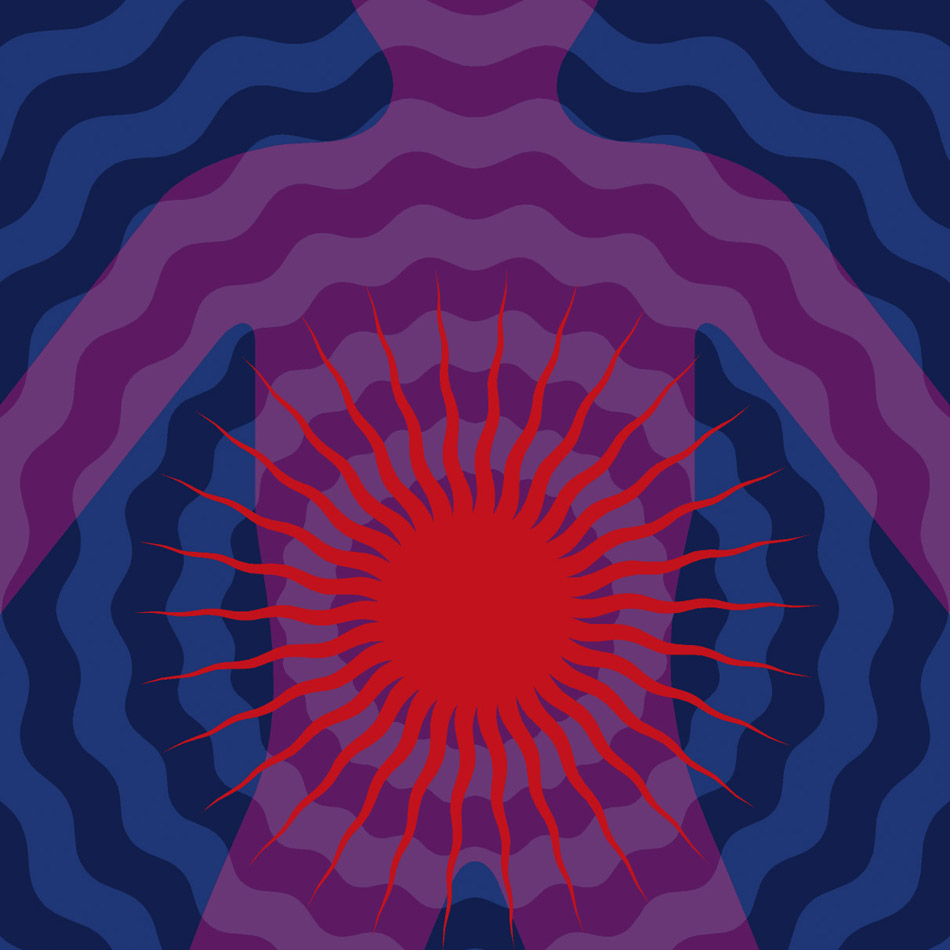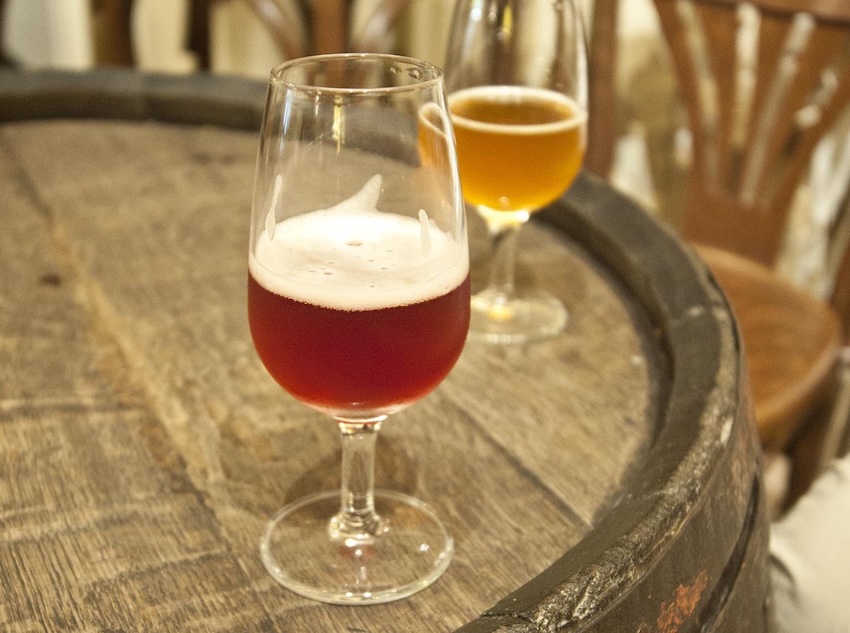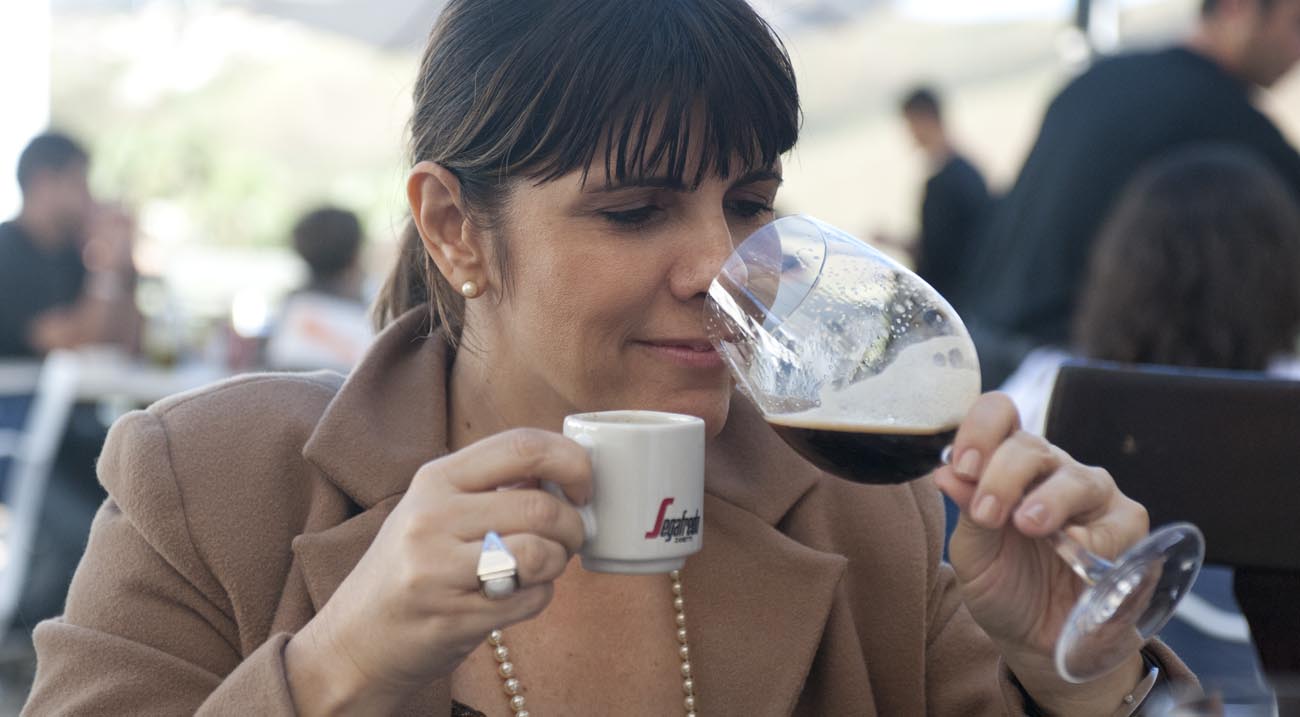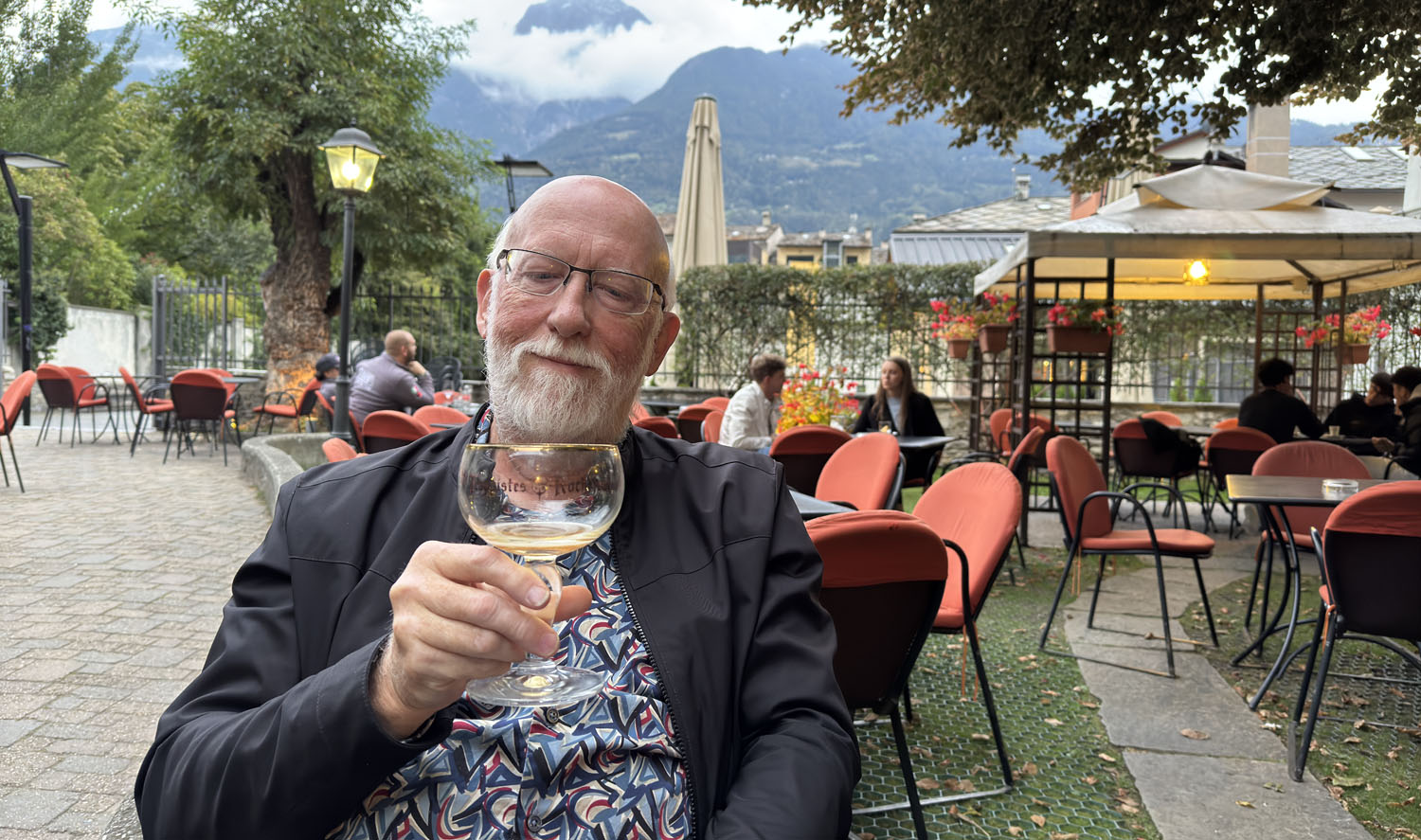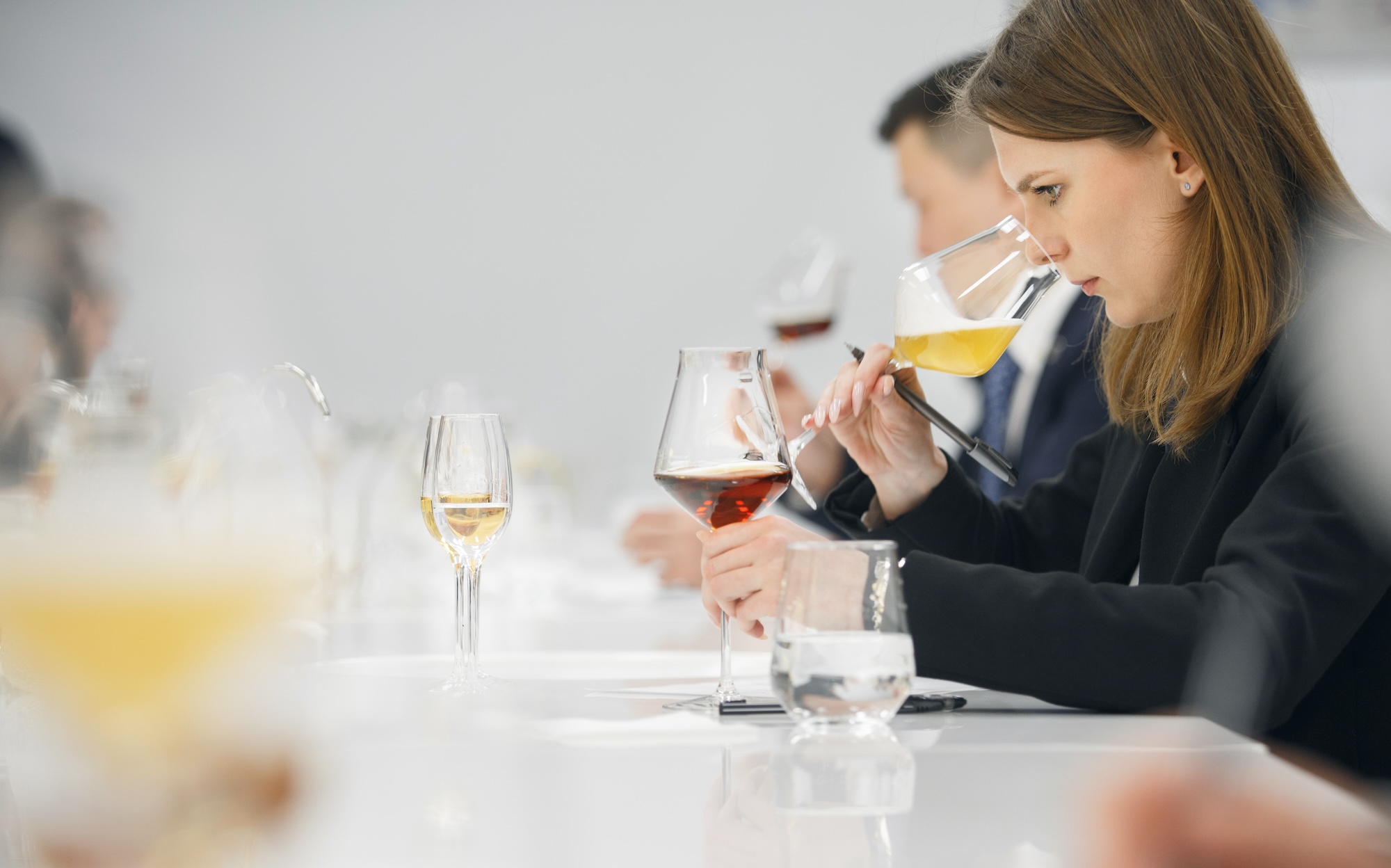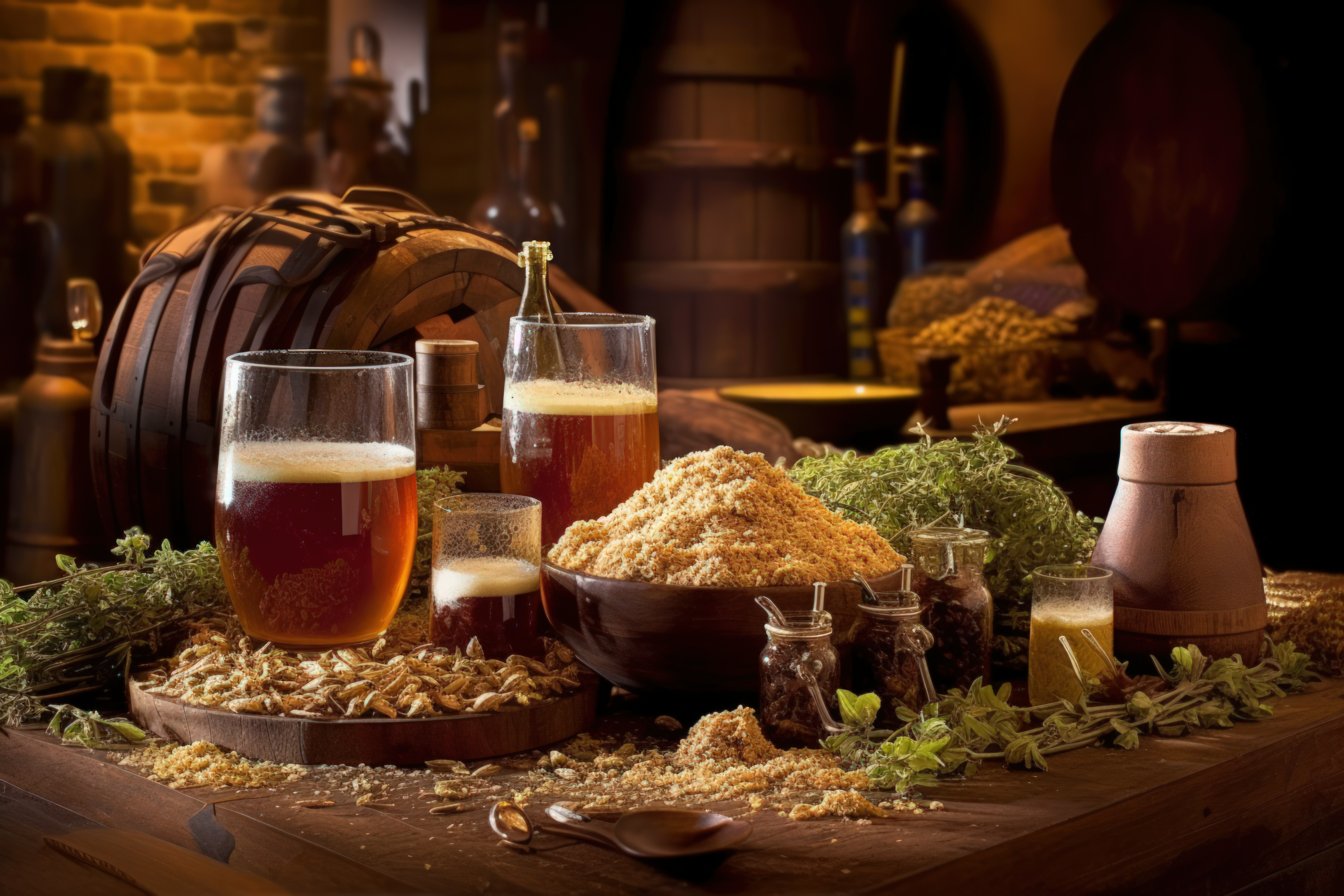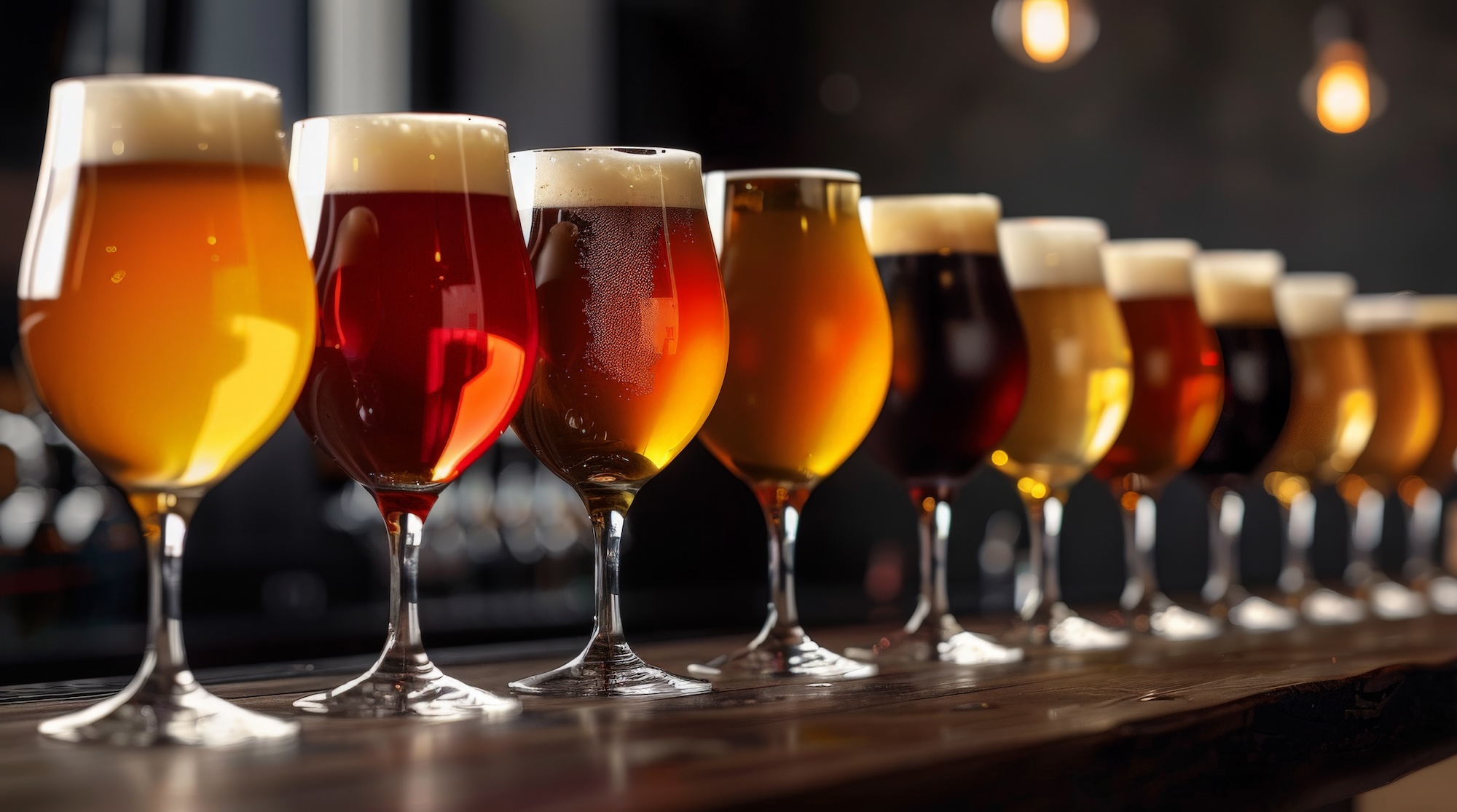Hidden Taste Systems
Of our chemical senses, taste is the one most of is is probably the most obvious. A sweet, salty, sour or bitter taste on our tongue is quick and unambiguous, although umami and others can be more nuanced. The last thing we would expect is a parallel taste system in our bodies operating entirely behind the scenes.

